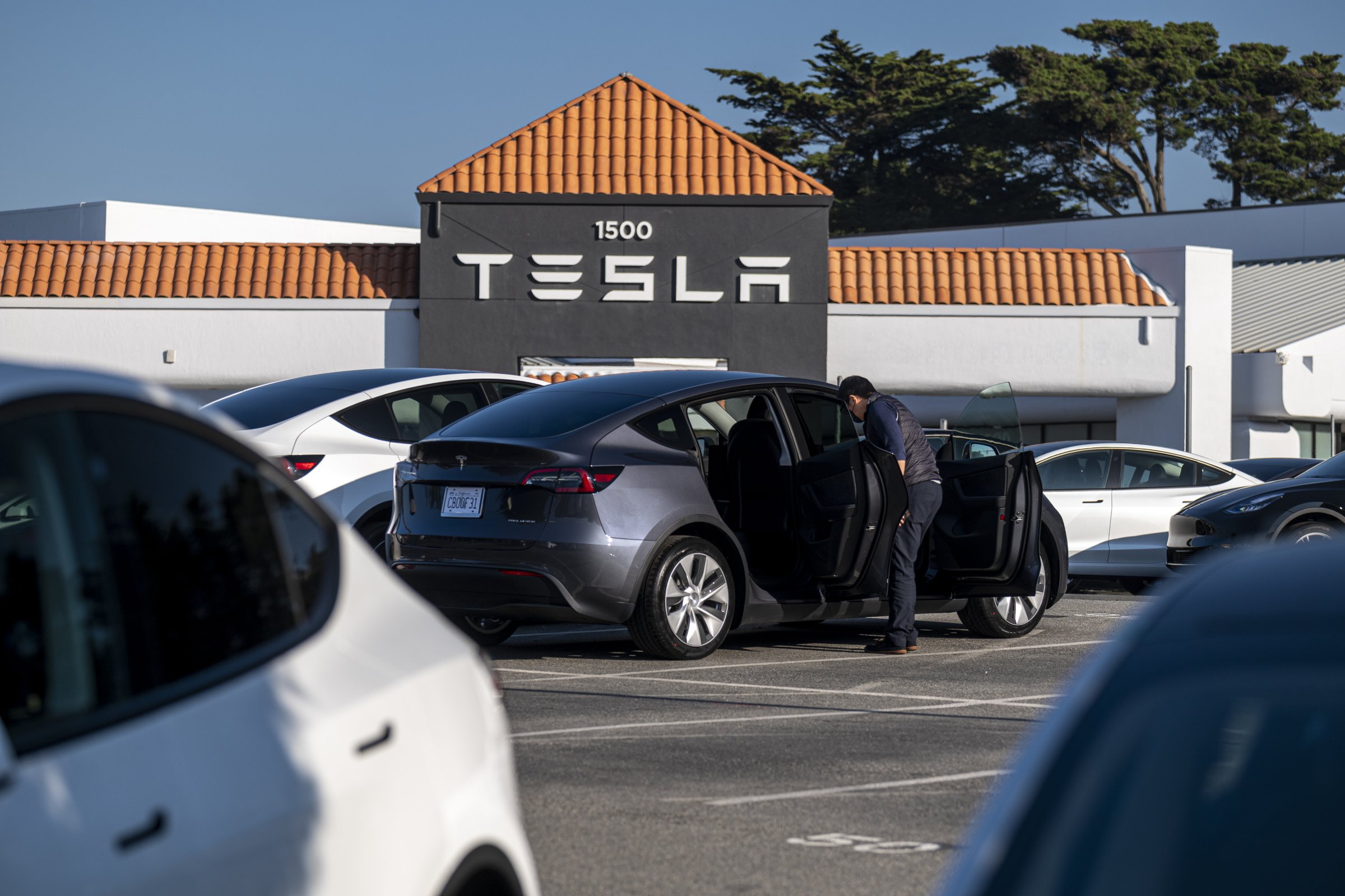
A major goal of the Inflation Reduction Act, the landmark climate legislation that passed the Senate this week, and is poised to pass the House on Friday, is to incentivize more individuals to electrify their lives. By subsidizing “green” purchases—from solar panels to heat pumps to electric vehicles—the legislation aims to reach households that would otherwise struggle to afford such a transition.
But the subsidies come in all shapes and sizes, as this breakdown from Rewiring America outlines. And in the eyes of the buyers, certain subsidies appear more beneficial and enticing than others due to how, or when, they kick in. Cost is top of mind for all consumers, experts say, but subsidy details tend to be more important for lower-income buyers than for their wealthier counterparts.
A July survey from Stevens Institute of Technology found that while 52% of U.S. adults agree that the long-term benefits of green energy outweigh the cost, only 36% are personally willing to pay more for green energy. What’s more, the survey found that cost is a consideration for all people, regardless of how likely they are to seek out green energy technologies for personal use.
“If you want to really push people to look at clean energy technologies, you need to be looking at it from an economic perspective,” says Philip Odonkor, assistant professor at the School of Systems and Enterprises at Stevens, who commissioned the survey. “It’s cost that drives action.”
Read More: The Inflation Reduction Act’s Name Says A Lot About The Climate Fight
John Paul Helveston, an assistant professor at George Washington University’s Department of Engineering Management and Systems Engineering, has researched the impact of different subsidies. By surveying adults’ preferences of different incentives—effectively simulating the buying process in a variety of scenarios—he found that a $7,500 cash rebate lost value when it was offered in the form of a tax credit. This is because rebates immediately lower the cost of the purchase. Tax credits, on the other hand, require consumers to shoulder the full cost until tax time, at which point they risk not getting all or any of it, should they owe less than $7,500 in taxes.
As a result, Helveston calculated that people living in households above the median U.S. income devalued that $7,500 rebate by $1,000 when it was a tax credit; those in households below the median income devalued it by $2,440, or roughly a third of the full subsidy value.
The $7,500 subsidy in Helveston’s study isn’t entirely hypothetical. Prior to the Inflation Reduction Act, car buyers could receive up to that amount as a tax credit when they purchased a new electric vehicle. That program sidelined consumers who couldn’t afford the upfront cost.
The new bill doesn’t entirely fix that refundability problem for electric vehicles: the subsidy will continue to exist only as a tax credit, not as a rebate. (As currently written, auto manufacturers will also have to meet material and assembly requirements for the tax credits to apply, which could take years.) But Helveston says other provisions in the bill should make electric vehicle purchases more palatable to middle-income car buyers. For instance, a new $4,000 tax credit will now be applied to used electric vehicles, which are more affordable than new vehicles. Also, the credits would not apply to sedans over $55,000 or SUVs and trucks over $80,000, nor would they be available if the buyer’s income exceeds $150,000 (for single filers) or $300,000 (for joint filers).
A version of this story first appeared in the Climate is Everything newsletter. To sign up, click here.
Additionally, car buyers who owe very little in taxes can “assign” the credit to their dealerships, which could then pass the subsidy back to the consumers in the form of a discount. “Presumably that would translate to [the customer], lowering the price at the point of sale,”says Helveston, who’s cautious about how it will work in practice. “But you now have this middleman who’s the dealer who may not lower that price as much as they’re getting on their tax credit. Still, I think the assignability aspect is pretty important. It was a good move.”
When it comes to other green purchases, certain home upgrades (including better insulation, heat pumps, and energy-efficient appliances) will receive a tax credit. But eventually, for lower-income buyers, those purchases will come with a rebate. The timing for that rollout will depend on state energy offices, which will need to develop and implement the rebate programs.
“From the buyer’s side, I think [the subsidies] are all moving in the right direction,” says Helveston. “And it’s all supported by a lot of research that’s backing it.”
More Must-Reads from TIME
- Cybersecurity Experts Are Sounding the Alarm on DOGE
- Meet the 2025 Women of the Year
- The Harsh Truth About Disability Inclusion
- Why Do More Young Adults Have Cancer?
- Colman Domingo Leads With Radical Love
- How to Get Better at Doing Things Alone
- Michelle Zauner Stares Down the Darkness
Contact us at letters@time.com